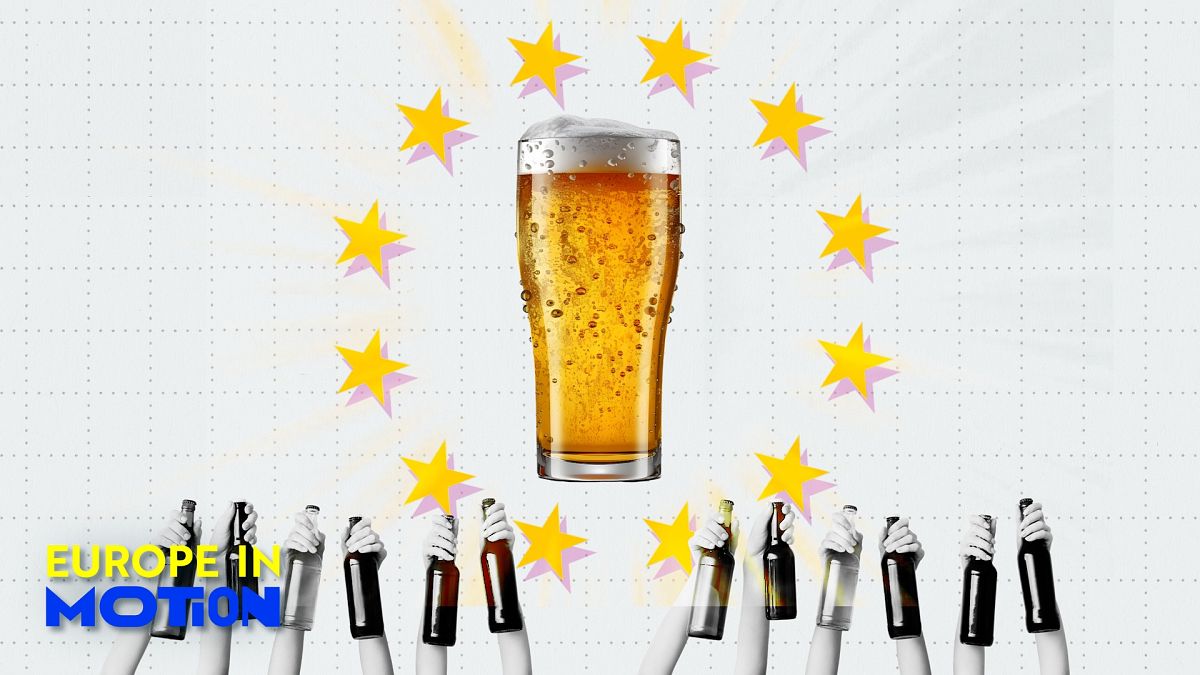Alcohol-free and low-alcohol beer production in the EU jumped by 13% from 2022 to 2023, while the share of traditional brews declined. How large is the gap now?
Although the EU is producing more and more low-alcohol (less than 0.5% of alcohol content) or zero-alcohol beer, the vast majority of beer in the bloc remains alcoholic.
In 2023, traditional beer accounted for around 95% of beer production across the bloc, at over 32bn litres. That’s against only 1.8bn litres of alcohol-free or low-alcohol beer.
However, non-traditional beer is making huge leaps to bridge the gap, Eurostat numbers show.
From 2022 to 2023, non-traditional beer production rose by over 13% while traditional brew production went down by 5%.
Which is the EU’s biggest beer brewing country?
Germany dominates the continent’s beer market on all fronts.
It remains by far the EU’s biggest traditional brewer, accounting for 22% of the EU’s total output, followed by Spain at 12%.
Germany also places first for alcohol-free or low-alcohol beer, with around 30% (556m litres), followed again by Spain at 14% (253m), the Netherlands (202mn), France (161mn), the Czech Republic (117m) and Romania (85m).
Exports: Britain’s love for EU beer overcomes Brexit
In terms of exports, the Netherlands is the top EU seller of traditional beer, accounting for 21.5% of EU sales outside the bloc.
Despite Brexit, the UK is the main destination for EU beers, accounting for 23% of total exports. The second biggest export partner is the US (16.1%) followed by Russia (8.4%), China (7.3%) and Cuba (5.2%).
When it comes to imports from outside the bloc, British beer is the most imported in the EU (57.6%), followed by Mexican beer (17.2%).
In terms of imports, France remains the largest importer of alcoholic beer, with 17.1% of the EU’s total.
Video editor • Mert Can Yilmaz

